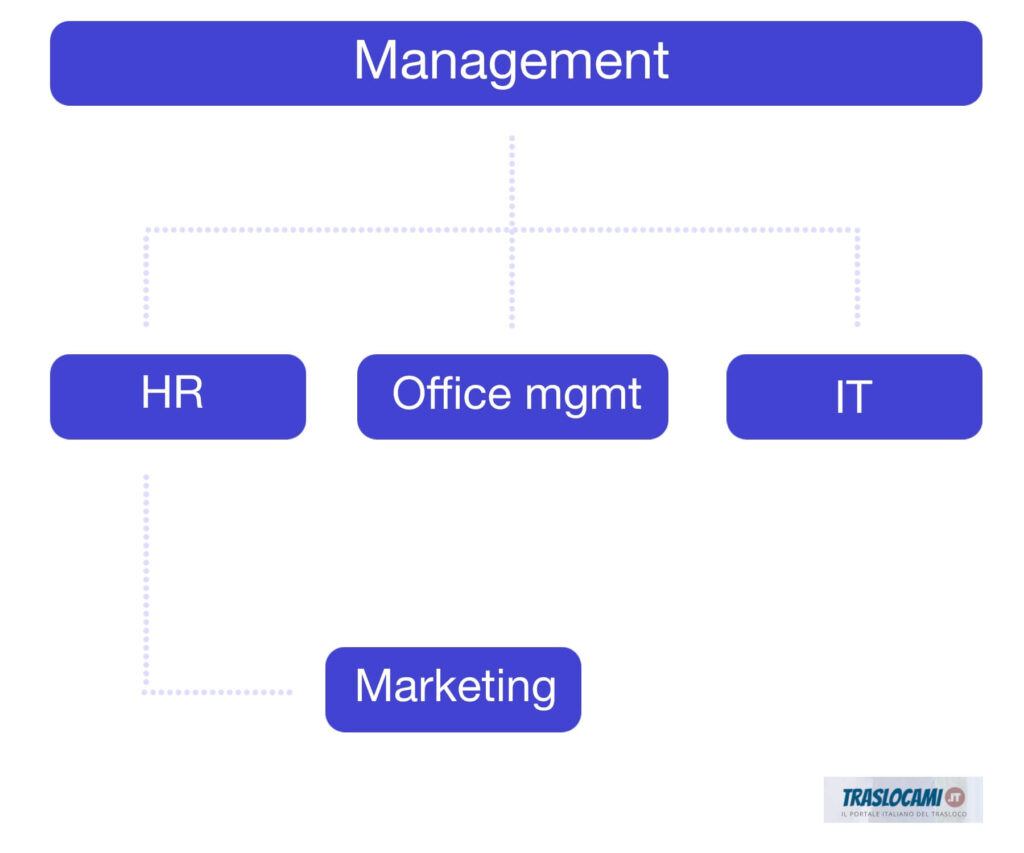For obvious reasons, an office move is a lot more complex than an individual one. Not only will you need to ensure a successful move of the physical goods, but you will also have to make sure that your employees will enjoy a smooth experience in this transition.
Therefore, a company relocation needs to be absolutely well planned. Below are some of the key aspects to consider at different stages of the process.
Basic timeline
Before you have a moving date
Create some excitement within your team by revealing some small details about the new office, showing some pictures, and so on. You will want your employees not only to be aware that this is happening, but also to feel part of the process with recurring updates. These can happen in your all hands meetings, through your newsletter (if you have one), as one-off email updates, etc.
1 to 3 months before the move
From an operational standpoint by now you will have found a coming company and have ironed out most of the logistics. When it comes to internal processes, you should communicate to you team the advantages of the new location in order to get everyone enthusiastic about the project. It is likely that there will be some requests or concerns, so you should make sure that the employees are aware of who to address those. Get people excited but also manage their expectations and demands wisely.
2 weeks before the move
Depending on your business and set up, the list of people you will have to notify can be much longer than this, but here are some of the most important stakeholders you’ll have to inform:
- Customers and business partners
- Suppliers, cleaners, caterers, etc.
- Banks, domain operators, energy suppliers, etc.
- Regular service providers, offices and authorities, chambers and associations
- Contractors, auditors, etc.
About one or two weeks before you will also want to send out a plan for the day for your employees.
One or two days before the move
- Ask your employees to clear all of their personal items.
- Ensure IT, office management, and HR take care of shared items such as hardware, documents, etc.
- Prepare signs to place outside of your entrance to inform potential visitors or partners of your move.
- Confirm all minor details with the moving company.
Day of the move
- Ensure a small team of people is onsite to assist the moving company on where to place the items transported, how to access the facility, etc.
- Prepare a small gift or reward for the team in charge of the project.
- Organize a small party or gathering to celebrate your new “home” with your team.
- Take note of anything that may not have gone the way it was supposed to and try to fix that in the coming days.
Days after the move
- Ensure nothing has been left behind at your previous location.
- Ensure practicalities like cleaning of the old office are scheduled or underway.
- Ensure your team is familiar with procedures and other changes at the new office.
- Collect feedback on how the move went from both your employees and the team in charge of the relocation.
Visualizing the timeline of the process will help with the planning, but it is also important to consider aspects that while less time sensitive, are equally important for a successful move.
Organizational matters
Among other things, make sure to:
- Update offline and online directories (Google My Business, GlassDoor, etc.)
- Change the entry in the commercial register.
- Change an entry in the telephone book and in the yellow pages.
- Update print entries (editorial and advertising deadlines often have long lead times!).
- Update billing details on software licenses and other online services.
- If necessary, terminate contracts.
Plan the transportation
Most mid-sized and large professional moving companies will be able to move anything, from office furniture to laboratory items, bikes and scooters to heavy machinery. The handling of sensitive devices and documents containing privileged information should be done separately from the rest of the goods, and if possible handled internally (this depends on how business critical such documents are).
How to pick the right moving date?
If possible, choose a day with a low workload in order to keep the downtime low. If you are able to get some people to assist the move over a weekend, that’s a great time to execute, otherwise moving on a Friday has the advantage that the set up can be done over the weekend (again, if you are able to get your team to work weekends).
Key responsibilities by team
Given the high complexity of the project, it will be crucial to map put responsibilities for each department.
Management (CEO / COO)
Aside from the sign off for key decisions throughout the process, there are two core things top management should take care of: forming a team in charge of the move and maintaining a line of communication with the employees.
HR
HR should be ready to answer queries from employees, coordinate onboarding for new hires starting in the middle of this transition phase, and provide updates to the team.
Office managers / Facility managers
Office managers will be responsible for practical things like collection access key cards / fobs, making sure personal items are taken with by the employees and so on.
IT
The IT department will have the crucial role of making sure all of the company hardware is properly identifiable (set up which ideally should be in place already), especially for laptops, computer screens and hardware assigned to the employees.
Marketing
While less crucial, it can be a great idea for the marketing team to make the news public by showing the new office on social media, putting together a “behind the scenes” blog post, or similar actions that will help with employer branding.
Conclusions
An office move can be tough for the team in charge, which is why the early planning phase is particularly important to assign responsibilities and deadlines wisely and keep people accountable for their tasks. While you are at it, if there are practices or processes regarding how your office is managed, the new location can be a great time to introduce those!

